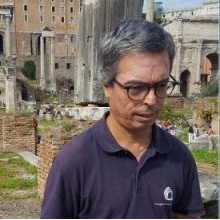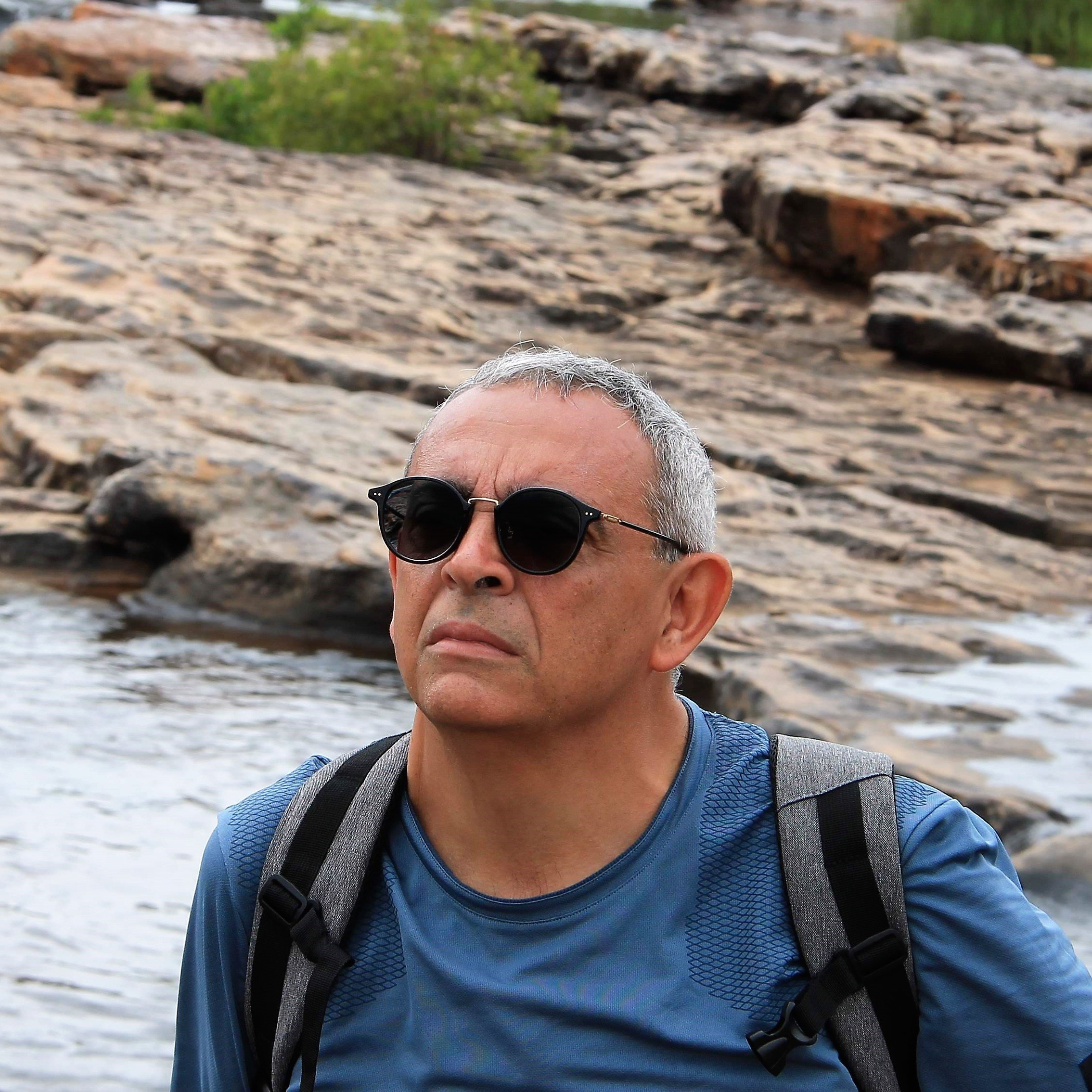Electrical and Electromagnetic Sensors and Methods in Archaeology and Monumental Heritage
A special issue of Sensors (ISSN 1424-8220). This special issue belongs to the section "Remote Sensors".
Deadline for manuscript submissions: closed (31 May 2021) | Viewed by 16499
Special Issue Editors
Interests: applied geophysics; ground-penetrating radar; electrical resistivity tomography; seismic tomography
Special Issues, Collections and Topics in MDPI journals
Interests: geophysical survey; archaeological prospection; electrical resistivity tomography; inversion; seismic
Special Issues, Collections and Topics in MDPI journals
2. Director of the Interdepartmental Center for Research, Study and Conservation of Archaeological, Architectural and Historical-Artistic Heritage - CIBA, University of Padova, 2-35122 Padua, Italy
Interests: earth sciences; applied geophysics
Special Issue Information
Dear Colleague,
This Special Issue is based on the Metrology for Archaeology 2019 International Conference (www.metroarcheo.com), Special Session 6 (http://www.metroarcheo.com/special-session-6).
In recent years, electrical and electromagnetic (EM) methods have been increasingly applied in the field of archaeology and cultural heritage. Nowadays, both contact and non-contact non-invasive techniques are used at different scales in archaeology, cultural landscape analysis, and measurement of ancient buildings or artwork.
The topics covered in this Special Issue include
- The application and integration of non-invasive EM methods (e.g., GPR, HSR, IR thermography, etc.) in NDT (nondestructive testing) for the in situ analysis of ancient buildings;
- Uses and perspectives of non-invasive EM methods (e.g., multispectral imaging, XRF) for the in situ analysis of cultural heritage artworks (e.g., wall paintings, paintings, manuscripts, mosaics, ceramics).
Dr. Giovanni Leucci
Dr. Raffaele Martorana
Prof. Dr. Rita Deiana
Guest Editors
Manuscript Submission Information
Manuscripts should be submitted online at www.mdpi.com by registering and logging in to this website. Once you are registered, click here to go to the submission form. Manuscripts can be submitted until the deadline. All submissions that pass pre-check are peer-reviewed. Accepted papers will be published continuously in the journal (as soon as accepted) and will be listed together on the special issue website. Research articles, review articles as well as short communications are invited. For planned papers, a title and short abstract (about 100 words) can be sent to the Editorial Office for announcement on this website.
Submitted manuscripts should not have been published previously, nor be under consideration for publication elsewhere (except conference proceedings papers). All manuscripts are thoroughly refereed through a single-blind peer-review process. A guide for authors and other relevant information for submission of manuscripts is available on the Instructions for Authors page. Sensors is an international peer-reviewed open access semimonthly journal published by MDPI.
Please visit the Instructions for Authors page before submitting a manuscript. The Article Processing Charge (APC) for publication in this open access journal is 2600 CHF (Swiss Francs). Submitted papers should be well formatted and use good English. Authors may use MDPI's English editing service prior to publication or during author revisions.
Keywords
- electrical
- electromagnetic
- methodological approach
- archaeology
- monumental heritage








